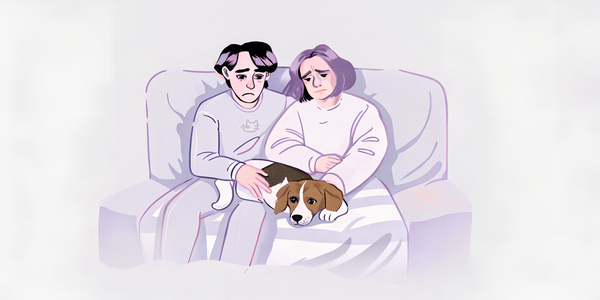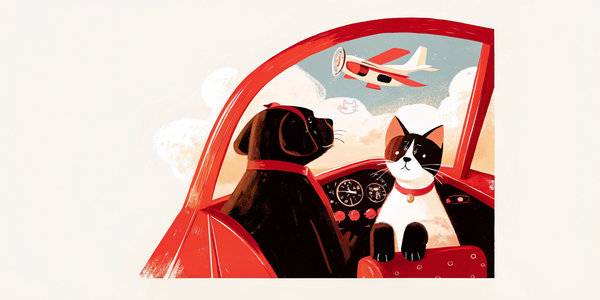Complete Guide to Monsoon Pet Care
Expert monsoon pet care guide for Indian pet parents. Learn important grooming, disease prevention, and indoor care tips to keep your pets healthy during rainy season.
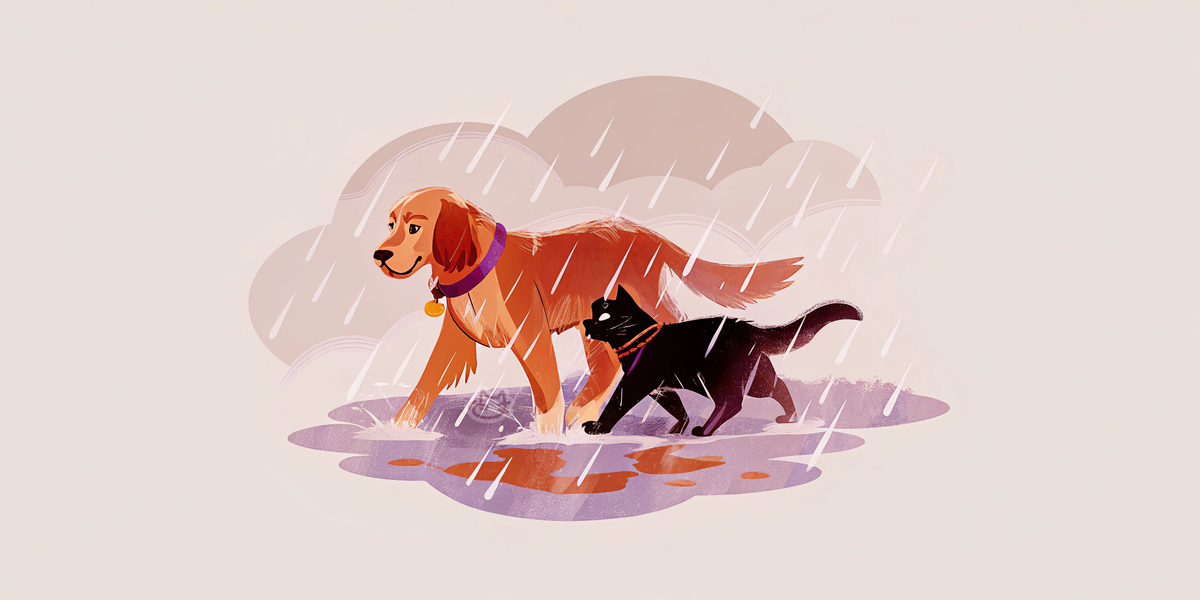
India's monsoon season change the landscape with life-giving rains, but for the country's over 31 million pet dogs and 2.44 million cats, these months present unique health challenges. With humidity levels reaching 80-90% during the Indian monsoon and persistent moisture creating ideal breeding conditions for pathogens, pet parents need specialized knowledge to protect their furry companions.
The stakes are genuinely high. Research from veterinary institutions across India indicates that monsoon-related health issues surge dramatically during the rainy months, with bacterial infections increasing significantly due to the warm, humid environment that promotes rapid pathogen growth. Understanding these seasonal risks and implementing proper preventive care can mean the difference between a healthy, happy pet and serious health complications.
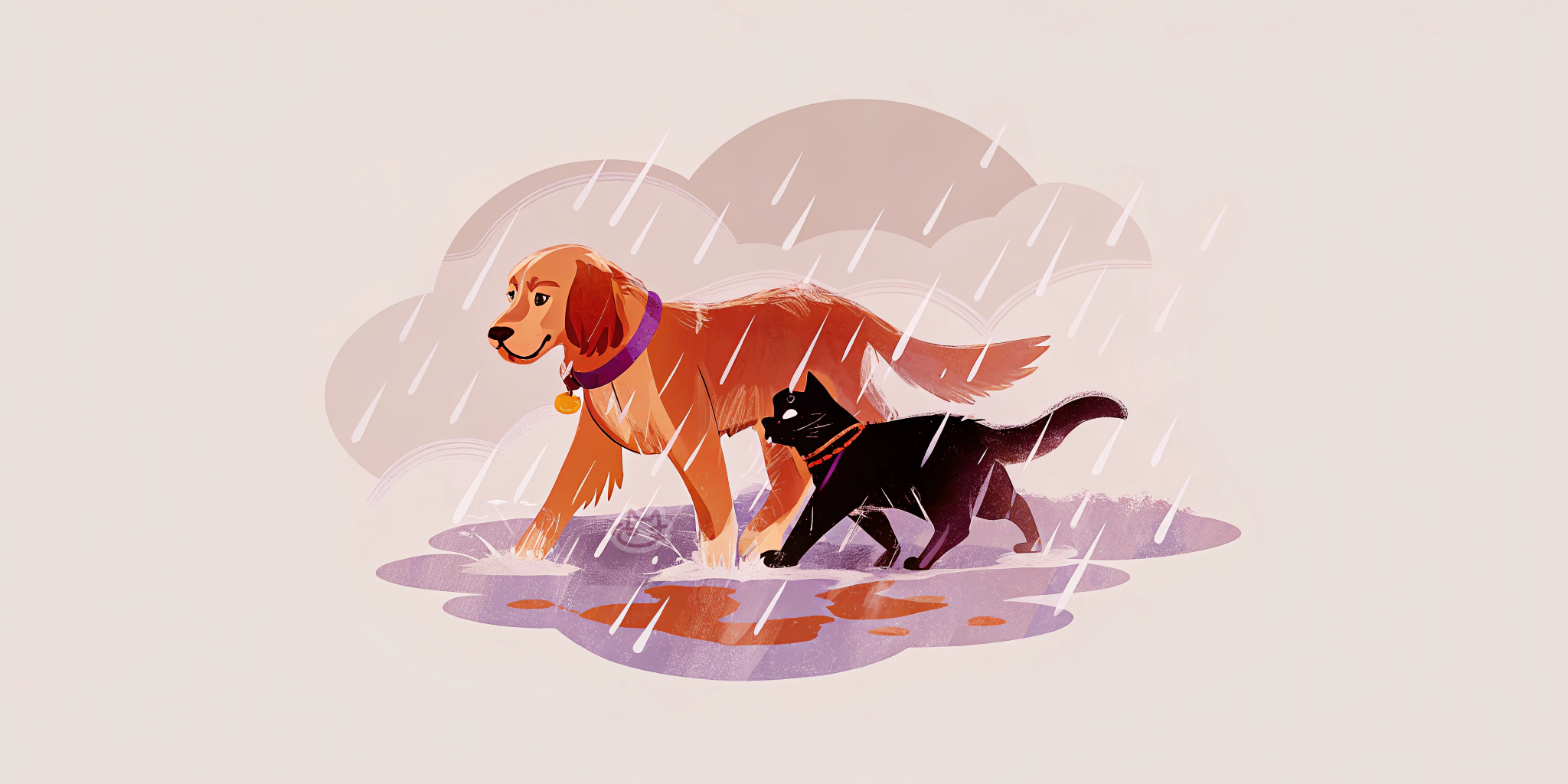
The Indian monsoon, lasting from June through September according to the India Meteorological Department, creates a perfect storm of health challenges for pets. The combination of high humidity, frequent rainfall, and warm temperatures convert your pet's environment into a breeding ground for various health threats.
Leptospirosis emerges as one of the most serious concerns during this period. This bacterial infection thrives in stagnant water and affects both dogs and cats, potentially causing kidney failure if left untreated. The bacteria can survive in contaminated water for weeks, making puddles and waterlogged areas particularly dangerous for pets who drink or walk through them.
Tick-borne diseases also proliferate during monsoons. The warm, humid conditions allow ticks to reproduce rapidly, and these parasites carry serious diseases like tick fever (ehrlichiosis). Young dogs and cats with developing immune systems face particular vulnerability, while senior pets may struggle to fight off infections effectively.
Fungal infections pose another significant threat. The persistent moisture creates ideal conditions for fungal growth on your pet's skin, particularly in areas that remain damp after walks or outdoor activities. These infections can start as minor irritations but quickly develop into painful, widespread skin conditions without proper attention.
Dog anxiety during thunderstorms becomes particularly challenging during India's intense monsoon storms. The combination of loud thunder, heavy rain, and changes in atmospheric pressure can trigger severe anxiety responses in sensitive pets.
Important Grooming Practices for Monsoon Protection
Proper grooming becomes absolutely critical during monsoon months. Daily brushing removes excess moisture from your pet's coat while preventing the matting that creates perfect hideouts for bacteria and fungi. Focus particularly on areas that tend to stay damp - under the legs, around the ears, and the belly region.
Drying techniques require special attention during this season. After every walk or outdoor exposure, thoroughly dry your pet with clean towels, paying extra attention to paws and ear canals. Incomplete drying creates an environment where bacteria can multiply rapidly. For long-haired breeds, consider using a blow dryer on a cool setting to ensure complete moisture removal.
Paw care deserves particular focus, as paws serve as the primary entry point for many monsoon-related infections. After each outdoor excursion, gently clean paws with clean water and dry thoroughly. Inspect between the toes for cuts, thorns, or signs of infection. Many pet parents find that applying a small amount of coconut oil to dry paw pads helps create a protective barrier against moisture.
Ear cleaning becomes especially important for breeds with floppy ears, which trap moisture and create ideal conditions for bacterial growth. Use veterinarian-recommended ear cleaning solutions weekly, or more frequently if your pet shows signs of discomfort or excessive head shaking.
Traditional Indian Remedies for Monsoon Pet Health
Indian households have long relied on natural remedies that can complement modern veterinary care during monsoon season. Turmeric, for instance, contains curcumin compounds that provide natural anti-inflammatory benefits. A small pinch mixed into your pet's regular food (approximately 1/4 teaspoon per 20 pounds of body weight) can help support their immune system during challenging weather periods.
Neem oil, derived from the native neem tree, offers natural antimicrobial properties. Diluted neem oil (1:10 ratio with carrier oil like coconut oil) can be applied to minor skin irritations, though always consult your veterinarian before applying any topical treatments. The oil's natural compounds help repel insects while providing antibacterial benefits.
Fresh tulsi (holy basil) leaves added to your pet's drinking water can provide natural antimicrobial support. This traditional remedy has been used for generations in Indian households and offers gentle immune system support during the monsoon season.
However, remember that traditional remedies should complement, not replace, proper veterinary care. Always discuss natural supplements with your veterinarian, especially if your pet has existing health conditions or takes medications.
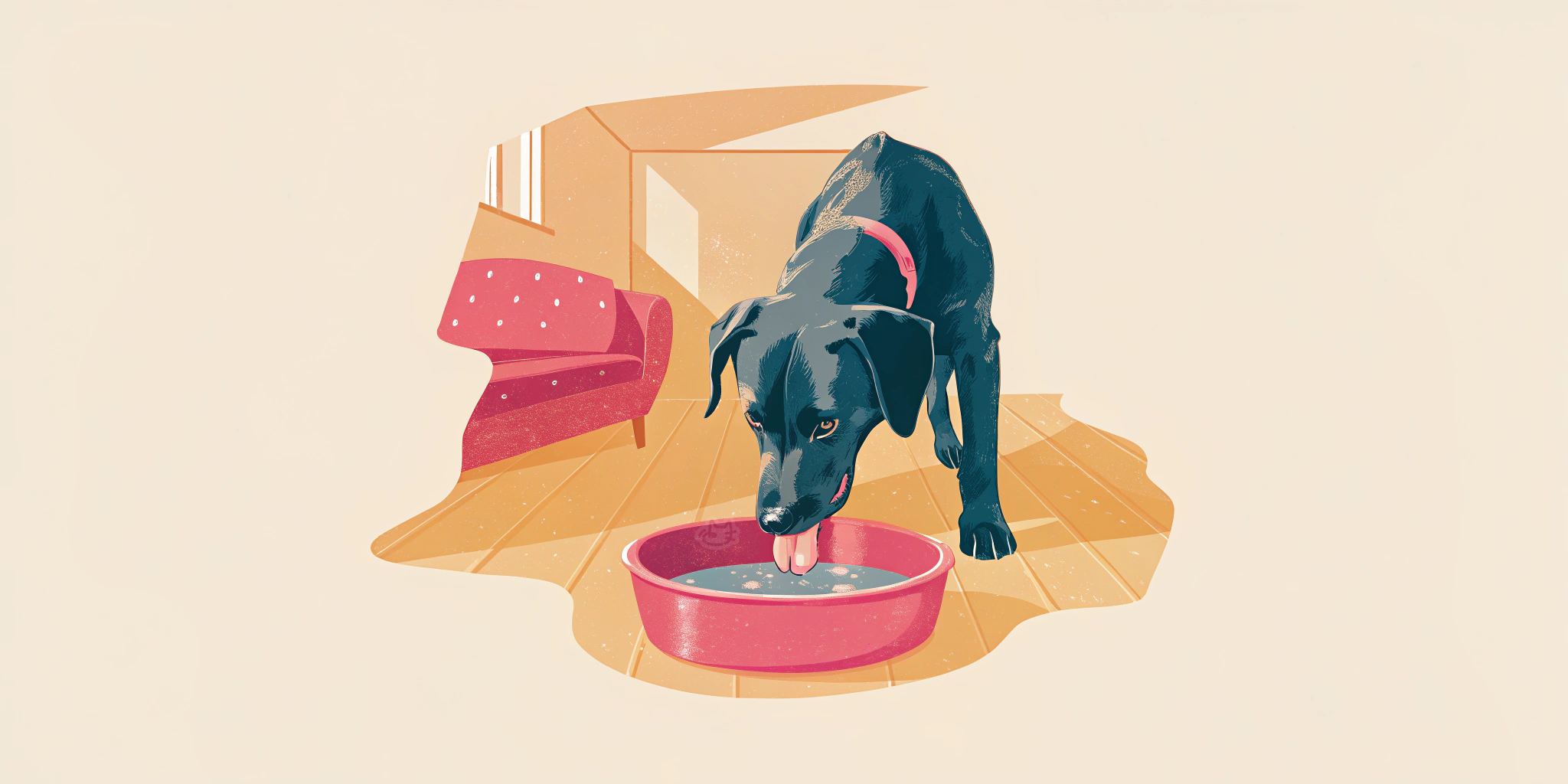
Nutritional Adjustments for Monsoon Immunity
Diet plays a major role in maintaining your pet's immune system during monsoon challenges. Immune-boosting foods become particularly important when your pet's body faces increased stress from environmental pathogens and reduced outdoor activity.
Incorporating probiotics into your pet's diet supports digestive health, which directly impacts immune function. Natural sources include small amounts of plain yogurt (for dogs) or commercially available pet probiotics. A healthy gut microbiome helps your pet's body resist infections more effectively.
Fiber-rich foods help maintain digestive health during periods when exercise routines may be disrupted by weather. Sweet potato, pumpkin, and other easily digestible vegetables can be added to regular meals in small quantities to support digestive function.
Food storage requires special attention during humid monsoon months. Store pet food in airtight containers to prevent moisture absorption and mold growth. Purchase smaller quantities more frequently rather than buying large bags that may spoil before consumption. Check stored food regularly for signs of spoilage or insect infestation.
Fresh water becomes even more critical during monsoons. Change your pet's water frequently and ensure water bowls are cleaned daily to prevent bacterial growth in the humid environment.
Indoor Exercise and Mental Stimulation Solutions
Monsoon weather often confines pets indoors for extended periods, making indoor exercise strategies essential for maintaining physical and mental health. Without adequate stimulation, pets can develop behavioral issues that compound the stress of seasonal changes.
Mental stimulation becomes equally important as physical exercise during these confined periods. Puzzle feeders, treat-dispensing toys, and training sessions help keep your pet's mind engaged when outdoor adventures are limited. Teaching new tricks or reinforcing basic commands provides mental challenges that tire your pet as effectively as physical exercise.
For apartments and smaller spaces, stair climbing (where safe) provides excellent cardiovascular exercise. Hide-and-seek games, indoor fetch with soft toys, and tug-of-war sessions help burn energy while strengthening your bond with your pet.
Creating designated play areas within your home gives your pet space to move freely even during extended periods of rain. Remove fragile objects and provide safe toys that encourage movement and exploration.
Professional Veterinary Care During Monsoons
Regular veterinary check-ups become even more important during monsoon season. Schedule a pre-monsoon health assessment to ensure your pet's vaccinations are current and discuss any breed-specific concerns with your veterinarian.
Vaccination schedules may require adjustment during monsoon months. Booster shots for diseases like leptospirosis become particularly important in regions with heavy rainfall and flooding. Your veterinarian can recommend specific vaccination protocols based on your local risk factors.
Watch for warning signs that require immediate veterinary attention: persistent lethargy, loss of appetite, difficulty breathing, excessive panting, vomiting, or diarrhea. During monsoon season, what might seem like minor symptoms can quickly develop into serious conditions due to the challenging environmental conditions.
Establish relationships with emergency veterinary services before the monsoon season arrives. Know which clinics offer 24-hour services and have contact information readily available for weather-related emergencies.
Creating a Safe Indoor Environment
Make your home safe and comfortable during the monsoon season. Allow enough fresh air to flow to stop moisture from building up, which can cause mold and bad air quality. Use dehumidifiers in very humid spots to keep the indoor air nice and pleasant.
Designate specific areas for your pet that remain dry and comfortable throughout the rainy season. Waterproof bedding and elevated sleeping areas help prevent moisture-related skin issues. Wash pet bedding more frequently during monsoon months to prevent bacterial and fungal growth.
Consider air purifiers to improve indoor air quality during periods when windows must remain closed due to heavy rain. This becomes particularly important for pets with respiratory sensitivities.
Stock emergency supplies including extra food, medications, and first aid materials. Power outages during severe storms can disrupt normal routines, so prepare backup plans for feeding, medication schedules, and basic care needs.
Remember that every pet is unique, and what works for one may need adjustment for another. Work closely with your veterinarian to develop a personalized monsoon care plan that addresses your pet's specific needs, breed characteristics, and health history. With proper preparation and care, the monsoon season can be successfully managed, keeping your beloved companion safe and comfortable until the sunny skies return.



